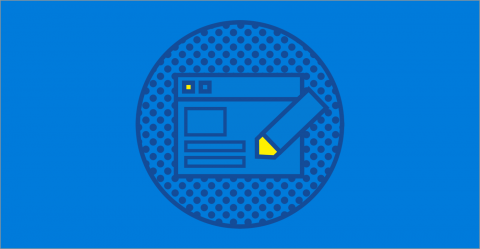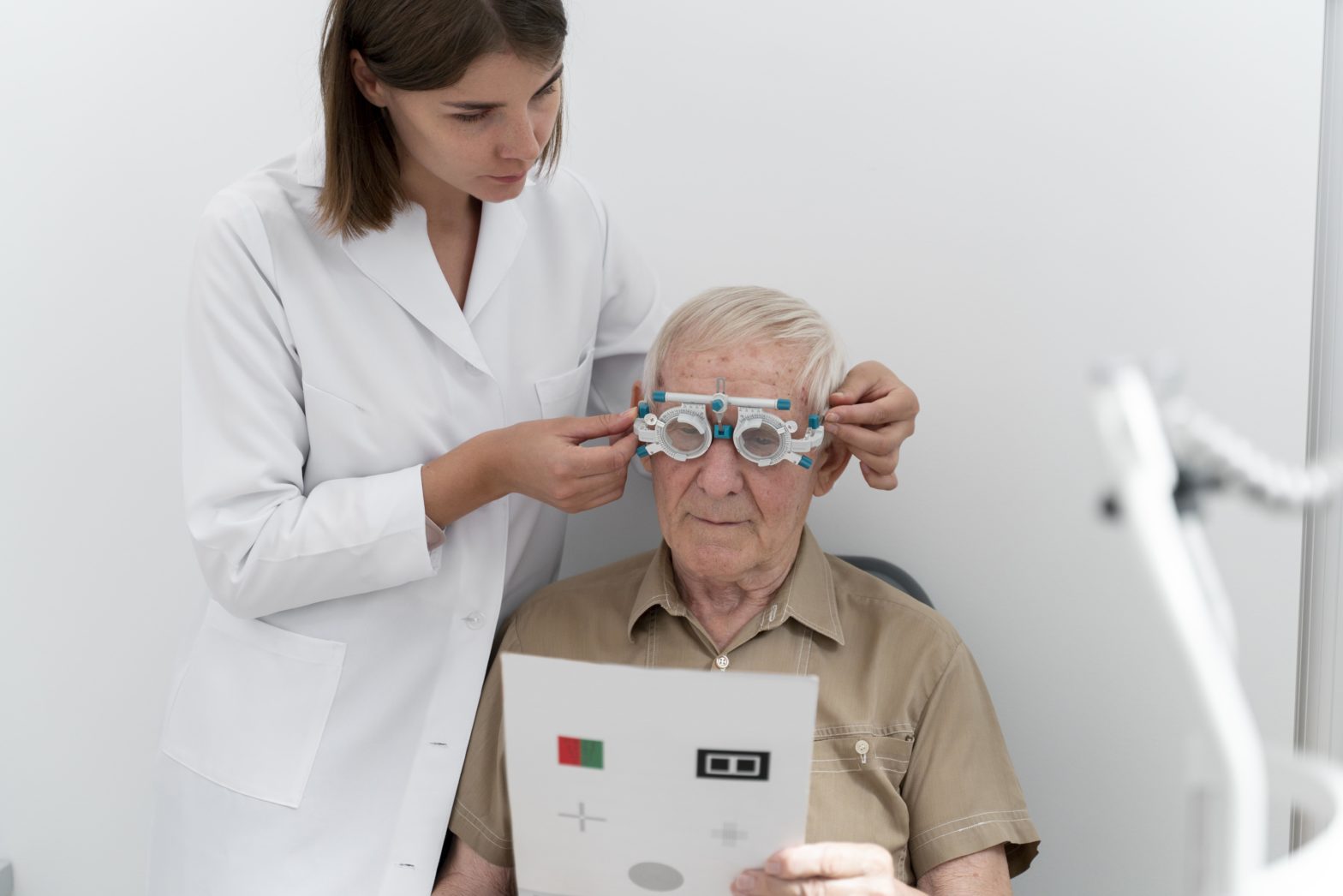In today’s digital age, most of us spend a significant portion of our day looking at screens, whether for work, entertainment, or staying connected with loved ones. While technology has made our lives easier, prolonged screen use has introduced a new challenge: Digital Eye Fatigue, also known as Digital Eye Strain. This condition is becoming increasingly common, leading to discomfort and even long-term eye health issues. But with some simple strategies, you can protect your eyes and reduce the strain caused by digital devices.
What is Digital Eye Strain?
Digital Eye Strain, or கணினி பார்வை நோய்க்குறி, is the discomfort felt after long exposure to digital screens such as computers, tablets, smartphones, or e-readers. The more time we spend looking at these devices, the harder our eyes have to work, causing fatigue. Common symptoms include:
- மங்கலான பார்வை
- வறண்ட கண்கள்
- கண் சிரமம்
- தலைவலி
- கழுத்து மற்றும் தோள்பட்டை வலி
It’s not just the hours spent on screens but also the way we use them that matters. Staring at screens for extended periods reduces blink rates, making the eyes more prone to dryness and irritation.
The Causes of Digital Eye Strain
Understanding why digital eye strain happens can help you prevent it. The main causes include:
- Prolonged Screen Time: Spending too much time in front of screens without breaks.
- Improper Lighting: Poor room lighting or glare on the screen can force your eyes to work harder.
- Close Viewing Distance: Sitting too close to the screen increases the effort your eyes must make to focus.
- Poor Posture: Slouching or awkward seating positions can cause additional strain on your neck and shoulders, which may worsen eye discomfort.
- Uncorrected Vision Problems: If you have untreated vision issues, such as nearsightedness or farsightedness, it may further strain your eyes when viewing digital devices.
Simple Steps to Protect Your Eyes from Digital Strain
Fortunately, there are simple and practical ways to reduce digital eye strain. By making small adjustments to your habits and work environment, you can keep your eyes healthy and comfortable.
1. Follow the 20-20-20 Rule
One of the easiest ways to give your eyes regular breaks is by following the 20-20-20 rule. This means that for every 20 minutes spent staring at a screen, you should look at something 20 feet away for 20 seconds. This simple habit allows your eyes to rest and refocus, reducing the chances of fatigue.
2. Adjust Your Screen Settings
Your screen settings, such as brightness and contrast, can significantly impact eye strain. Try the following adjustments:
- Brightness: Your screen should be as bright as your surroundings. If your screen is brighter than the room, it causes strain. Adjust the brightness so that it’s comfortable for your eyes.
- Text Size: Increase the text size on your device to make reading easier, reducing the effort your eyes must make.
- Blue Light Filters: Many devices now come with a blue light filter option. Blue light from screens is linked to eye strain and may even disrupt your sleep cycle. Activating this filter, especially in the evening, can reduce strain.
3. Blink More Often
When we focus on a screen, we tend to blink less, which can lead to dry eyes. Make a conscious effort to blink more often, or even use lubricating eye drops to keep your eyes moist.
4. Maintain Proper Posture
Your seating position matters when it comes to eye strain. Follow these tips for better posture:
- Sit with your back straight and shoulders relaxed. Keep your feet flat on the floor.
- Ensure your screen is at eye level and about an arm’s length away from you. This reduces strain on your eyes, neck, and shoulders.
5. Reduce Glare and Optimize Lighting
Glare from windows or harsh indoor lighting can make your screen hard to see, leading to squinting and eye strain. Reduce glare by:
- Using anti-glare screen protectors.
- Positioning your screen so it’s not directly in front of windows.
- Using soft ambient lighting that’s comfortable for your eyes.
6. Take Frequent Breaks
Continuous screen time without breaks can take a toll on your eyes and overall health. Make sure to:
- Stand up and stretch every 30 minutes to an hour.
- Move away from the screen and focus on distant objects.
- Stretch your neck, shoulders, and back to relieve tension.
7. Use Artificial Tears
If your eyes frequently feel dry while using screens, consider using artificial tears to keep them lubricated. Over-the-counter lubricating drops can help prevent dryness and discomfort.
8. Get Regular Eye Exams
Regular eye exams are important for maintaining good eye health, especially if you spend a lot of time in front of screens. Your optometrist can detect early signs of digital eye strain and recommend glasses designed for screen use, such as blue-light-blocking lenses or anti-reflective coatings.
9. Adjust Your Screen Position
Ensure your screen is at the right height and distance to reduce eye strain. Follow these guidelines:
- The top of your screen should be at or slightly below eye level.
- Your screen should be about 20 to 24 inches away from your eyes.
- The Importance of Screen-Free Time
While it’s important to take breaks during screen use, incorporating some screen-free time into your day is equally beneficial. Take time to engage in non-screen-related activities like walking outdoors, reading a physical book, or simply resting your eyes in a dark room. This not only helps reduce eye strain but also refreshes your mind and body.
Managing Eye Health for the Long Term
Digital strain may feel like a small issue today, but over time, it can lead to more serious problems, such as chronic headaches, dry eye syndrome, or worsening vision problems. By taking steps now to protect your eyes, you can enjoy the benefits of digital devices without sacrificing your long-term eye health.
Preventing Digital Eye Strain in Children
Children today are growing up with screens as a part of their daily lives, and they can also suffer from digital eye fatigue. It’s important to limit their screen time and ensure they take regular breaks. Encourage them to engage in outdoor activities to promote better eye development.
Digital Eye Strain is a growing concern in our screen-dominated world, but it doesn’t have to be. By following simple practices such as the 20-20-20 rule, adjusting screen settings, blinking more often, and taking breaks, you can protect your eyes and maintain comfort throughout your day. Prioritizing eye health is key to ensuring that our digital devices continue to benefit us without causing harm.









